Everyone who talks, writes, or preaches about nutrition puts fruits and vegetables at the pinnacle of goodness. While they may lack magical powers, most are excellent sources of potassium (which helps lower blood pressure), vitamins (like A and C), fiber (which helps the digestive system run smoothly), and other nutrients. And when we fill up on low-calorie fruits and veggies, our diets have less room for junk. What's more, people who eat more produce have a lower risk of heart disease and stroke.
Since 1980, the government has advised us to eat more fruits and vegetables. For two decades, the National Cancer Institute has urged us to eat five to nine servings of fruits and vegetables each day. And the U.S. Department of Agriculture's recent MyPlate graphic encourages people to fill half their plate with fruits and vegetables.
Most people have heard the message. But we're still not eating enough.
After rising about 25 percent between 1980 and 1995, vegetable consumption leveled off at a sorry one cup per person per day (excluding white potatoes, potato chips, and fries). And fruit consumption has remained constant -- at just half a cup per day -- for the past 25 years. (We don't count fruit juice, since it lacks the fiber that's in whole fruit and since liquid calories promote weight gain.)
Despite all the farmers markets, Michael Pollan books, and readers of Nutrition Action, we're eating far too little fruits and vegetables. Fewer than one in 10 Americans eat the levels recommended by MyPlate, according to the Centers for Disease Control and Prevention (CDC). For a 2,000-calorie diet, that's two cups of fruit and 2.5 cups of vegetables a day. And that includes potatoes and fruit juice.
If we're serious about getting people to eat more fruits and vegetables, we need better strategies. Let me suggest a few:
- Powerful, paid media campaigns can boost consumption. A major carrot grower, Bolthouse Farms, for example, found that clever TV commercials increased carrot sales by 15 percent. Government matching money or tax breaks could stimulate similar efforts. And the produce industry needs to fund multimillion-dollar PR campaigns, just as the meat and dairy industries have done.
If we don't invest in those kinds of programs now, Americans likely will be eating even fewer fruits and vegetables in the years ahead. And we'll be suffering from even higher rates of obesity, diabetes, and other health problems.
For more by Michael F. Jacobson, click here.
For more on diet and nutrition, click here.